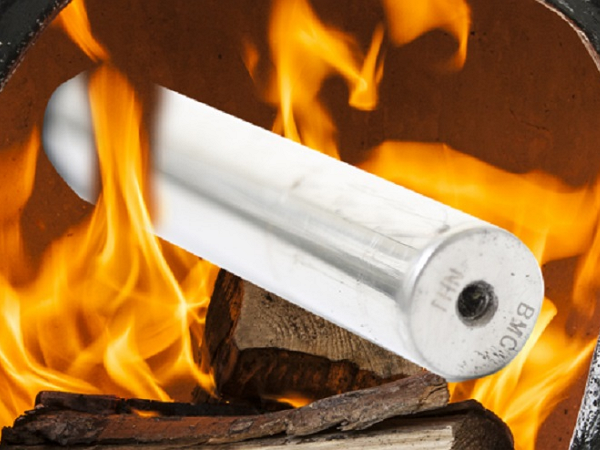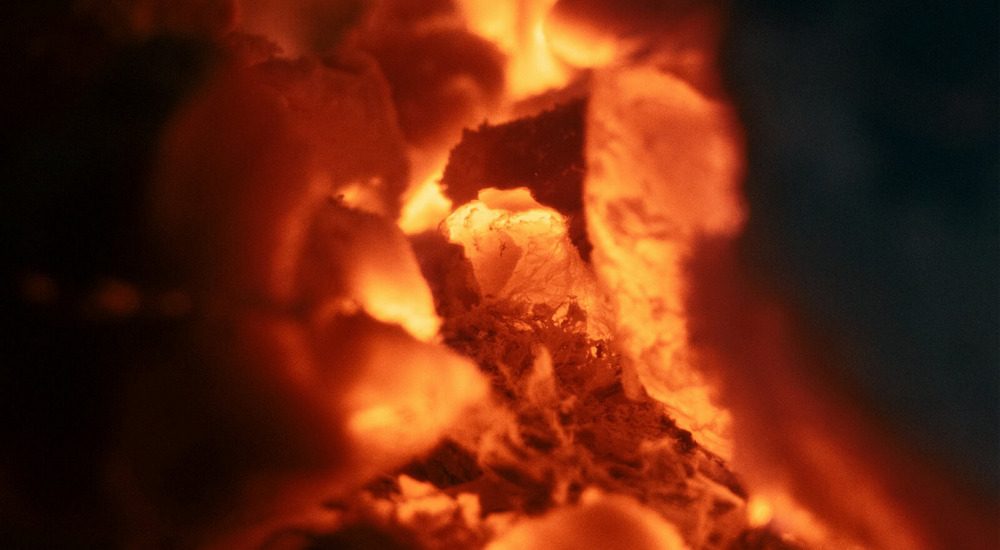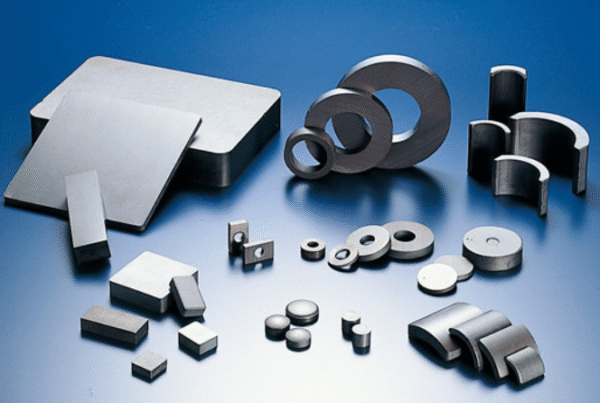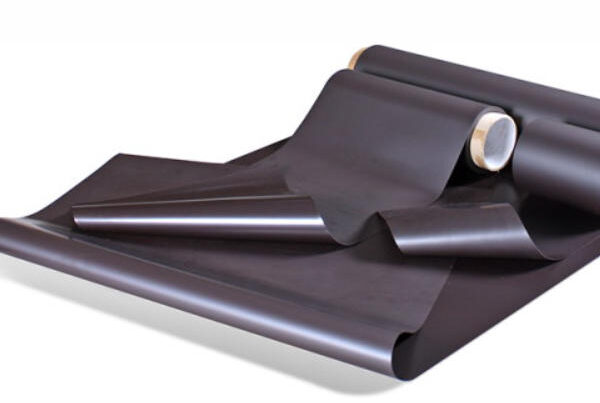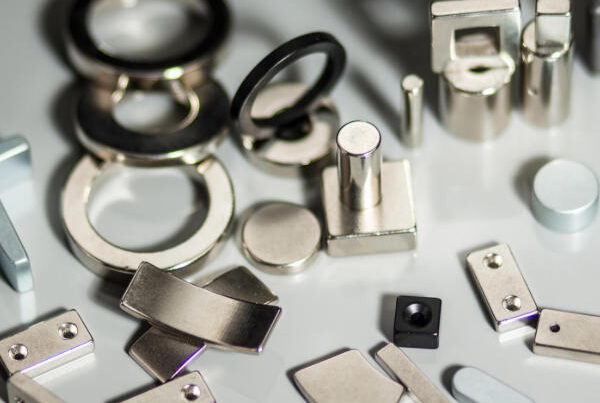Les aimants permanents sont des matériaux indispensables et importants dans l'industrie moderne, électronique, énergie, et transport. Des moteurs, capteurs pour éoliennes et véhicules à énergies nouvelles, tous comptent sur leurs fortes propriétés magnétiques. Mais beaucoup de gens ne savent pas que la température a une influence extrêmement importante sur le magnétisme des aimants permanents., surtout dans les environnements à haute température, où le magnétisme peut être considérablement atténué, voire perdu définitivement.
Donc, savez-vous comment fonctionnent les aimants permanents “tenir bon” et maintenir la stabilité magnétique à haute température? Cet article vous révélera les principes et les stratégies d'adaptation.
Pourquoi une température élevée affecte-t-elle le magnétisme?
Le magnétisme des aimants permanents provient de la disposition ordonnée des spins électroniques à l’intérieur du matériau.. À mesure que la température augmente, le mouvement thermique des atomes à l’intérieur du matériau s’intensifie, ce qui détruira cette structure ordonnée et affaiblira le magnétisme. Tout matériau magnétique possède un “Curie Température”. Une fois que la température dépasse cette valeur, le matériau perdra complètement son magnétisme.
Par exemple:
La température de Curie des aimants NdFeB est d'environ 310 ~ 320 ℃ mais ses propriétés magnétiques chuteront nettement au-dessus de 150 ℃
La température de Curie des aimants SmCo atteint 700 ~ 850 ℃, et sa résistance aux températures élevées est nettement plus forte.
Comment améliorer la stabilité à haute température des aimants permanents?
- Choisir des matériaux à haute température de Curie
Choisir des aimants permanents résistants aux températures élevées est le moyen le plus direct et le plus efficace:
Aimants samariums cobalt: adapté aux applications supérieures à 150 ℃, largement utilisé dans l'aérospatiale, industrie militaire et moteurs haute température;
Aimants en ferrite: bonne résistance à la chaleur, faible coût, adapté aux capteurs automobiles, haut-parleurs, etc.;
NdFeB haute température (résistance thermique améliorée grâce à l'ajout d'éléments de terres rares lourds tels que Dy et Tb): convient pour une utilisation dans des conditions de 120 ~ 180 ℃.
- Optimiser la conception et la protection des aimants
Protection du revêtement de surface: Une température élevée s'accompagne souvent d'une oxydation. Ajout de revêtements (comme la résine époxy, galvanoplastie NiCuNi) peut prolonger la durée de vie des aimants;
Conception d'arrangement multipolaire: Utilisez une structure de circuit magnétique raisonnable lors de la conception de moteurs ou de circuits magnétiques pour réduire les interférences de haute température sur les lignes de force magnétiques.;
Analyse de stabilité thermique: Utiliser la technologie de simulation pour prédire les performances des aimants dans des environnements thermiques et éviter les risques à l'avance.
- Prendre des mesures de dissipation thermique dans les applications d'ingénierie
Par exemple, dans les moteurs de véhicules à énergies nouvelles, les aimants doivent résister à des environnements de plusieurs centaines de degrés Celsius. Les ingénieurs conçoivent généralement des systèmes de refroidissement par liquide ou par air forcé pour contrôler la température.;
Dans les équipements de production d’énergie éolienne, la position d'installation est raisonnablement aménagée, et la température de l'aimant est surveillée par des thermistances pour éviter la surchauffe.
Tendances futures: Recherche et développement de hautes performances, aimants de terres rares résistants à la chaleur
Avec la demande croissante de propriétés magnétiques stables dans des conditions de travail extrêmes, les scientifiques des matériaux s'engagent à développer davantage de nouveaux matériaux à aimants permanents à base de terres rares, tels que le bore de fer néodyme à haute température sans terres rares lourdes, ou amélioration de la stabilité thermique grâce à la technologie de renforcement nanocristallin. Ces technologies apporteront des solutions magnétiques plus fiables aux moteurs à haute température, aérospatial, fabrication spéciale et autres domaines.
Conclusion
La haute température constitue en effet un défi majeur pour les aimants permanents, mais ce n'est pas un obstacle insurmontable. Par de multiples moyens tels que l'optimisation de la sélection des matériaux, conception structurelle et gestion thermique, nous pouvons améliorer efficacement la stabilité magnétique des aimants permanents dans des environnements à haute température. Dans le futur, fabrication haut de gamme et équipements intelligents, des aimants permanents stables et fiables continueront à jouer un rôle irremplaçable.
Voulez-vous en savoir plus sur les suggestions d'application et de sélection des matériaux à aimants permanents? Bienvenue pour ajouter le site Web de JLMAG à vos favoris, nous continuerons à partager les derniers développements techniques et les tendances de l'industrie des matériaux magnétiques!


